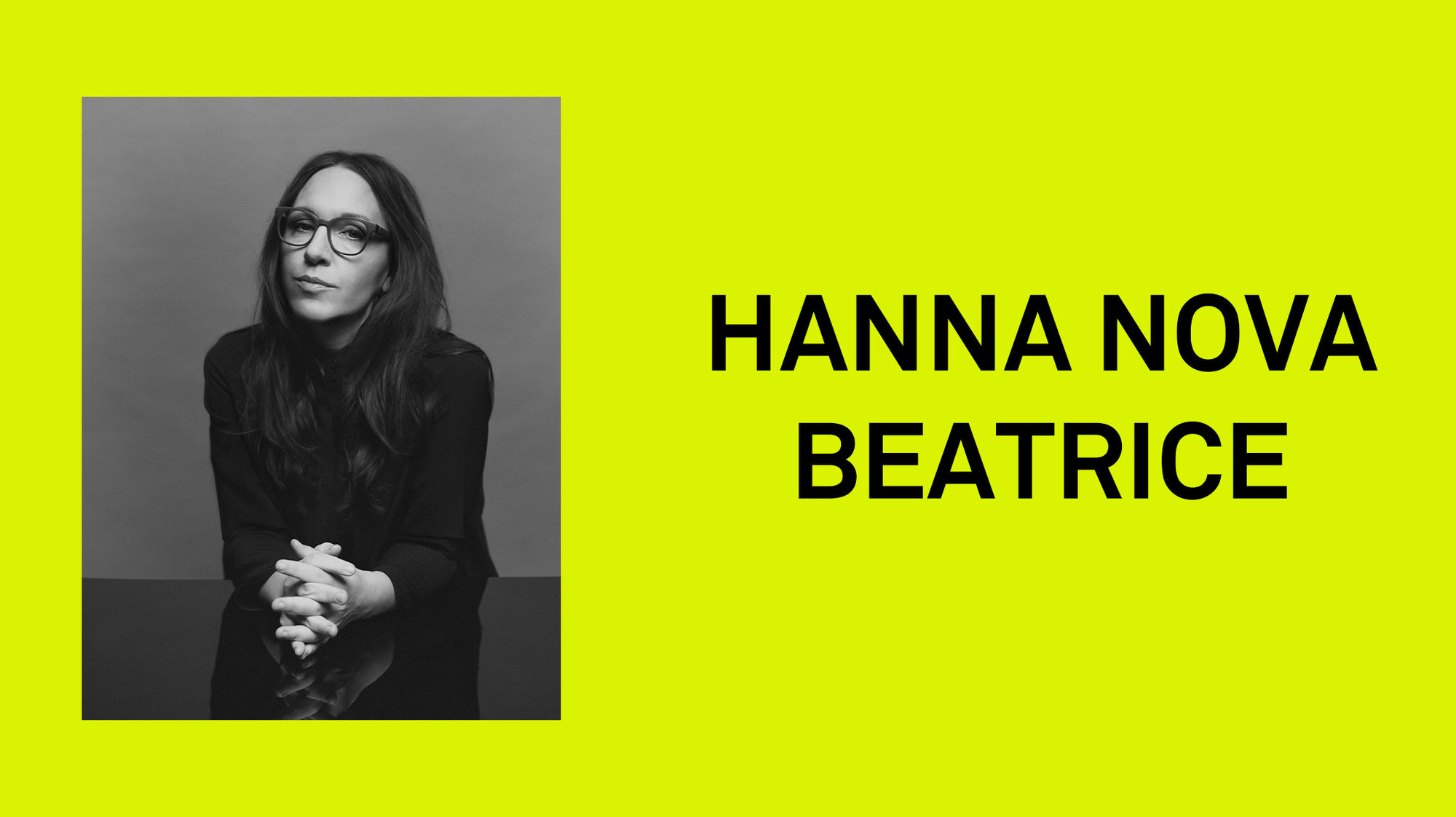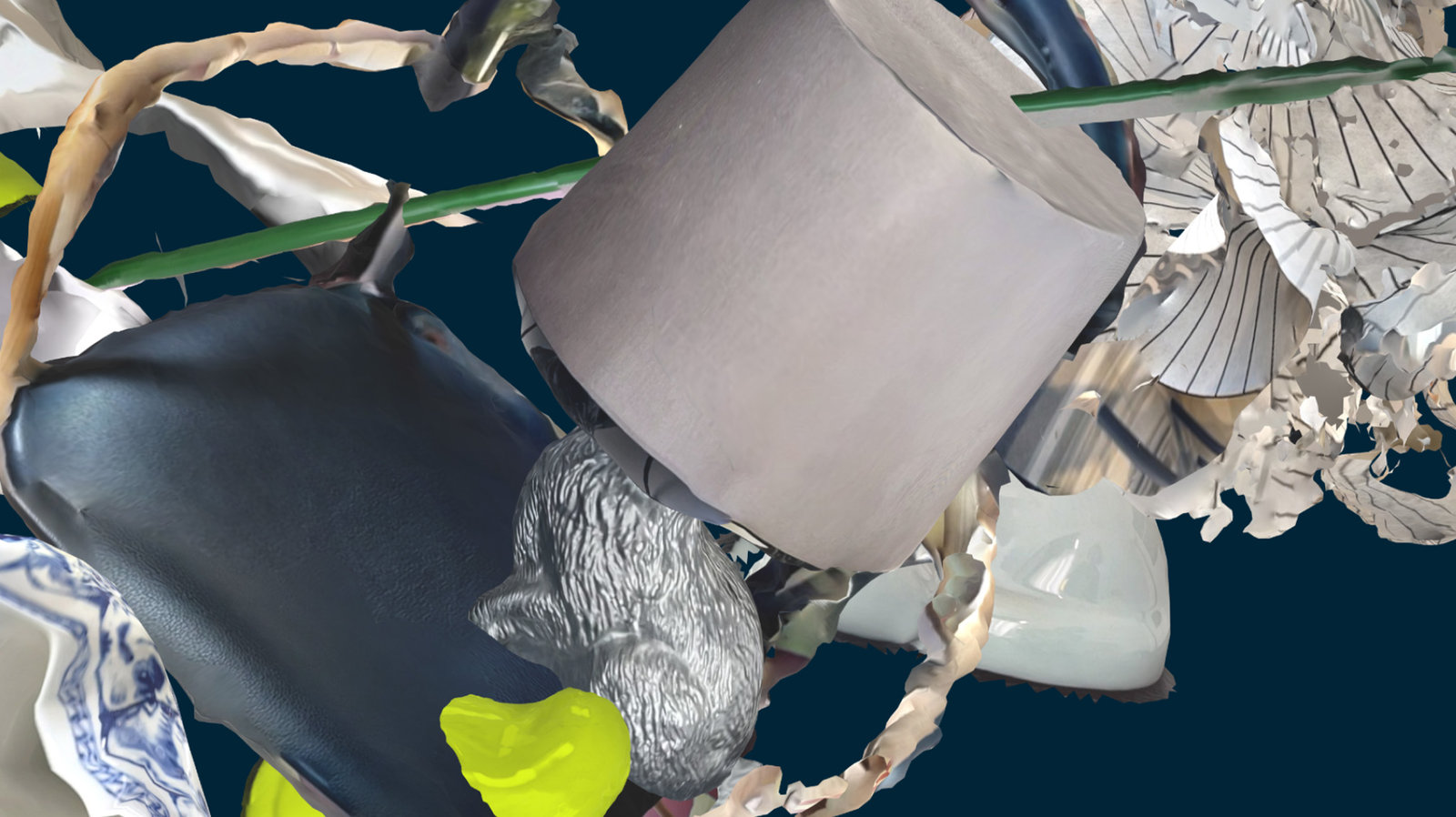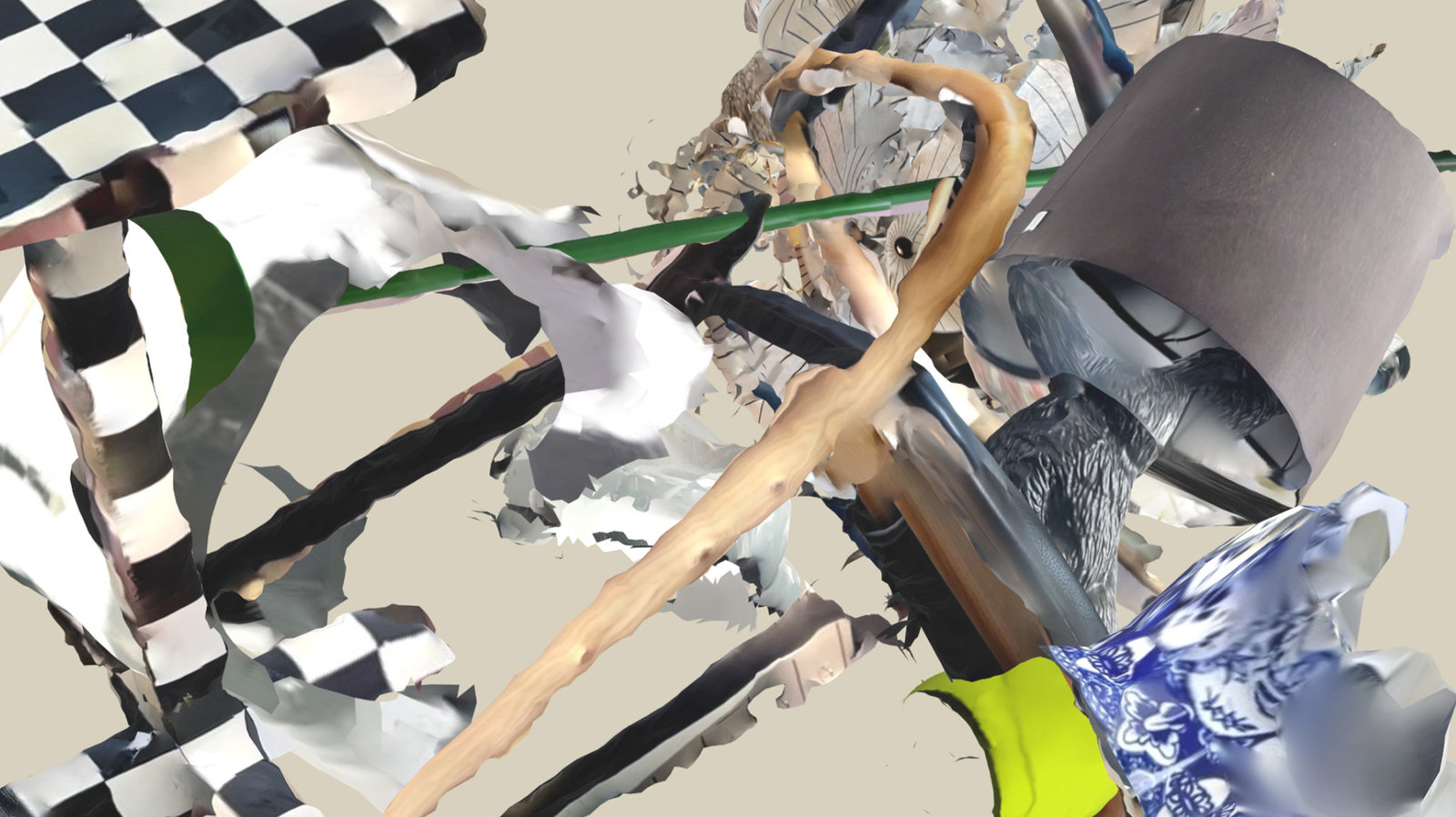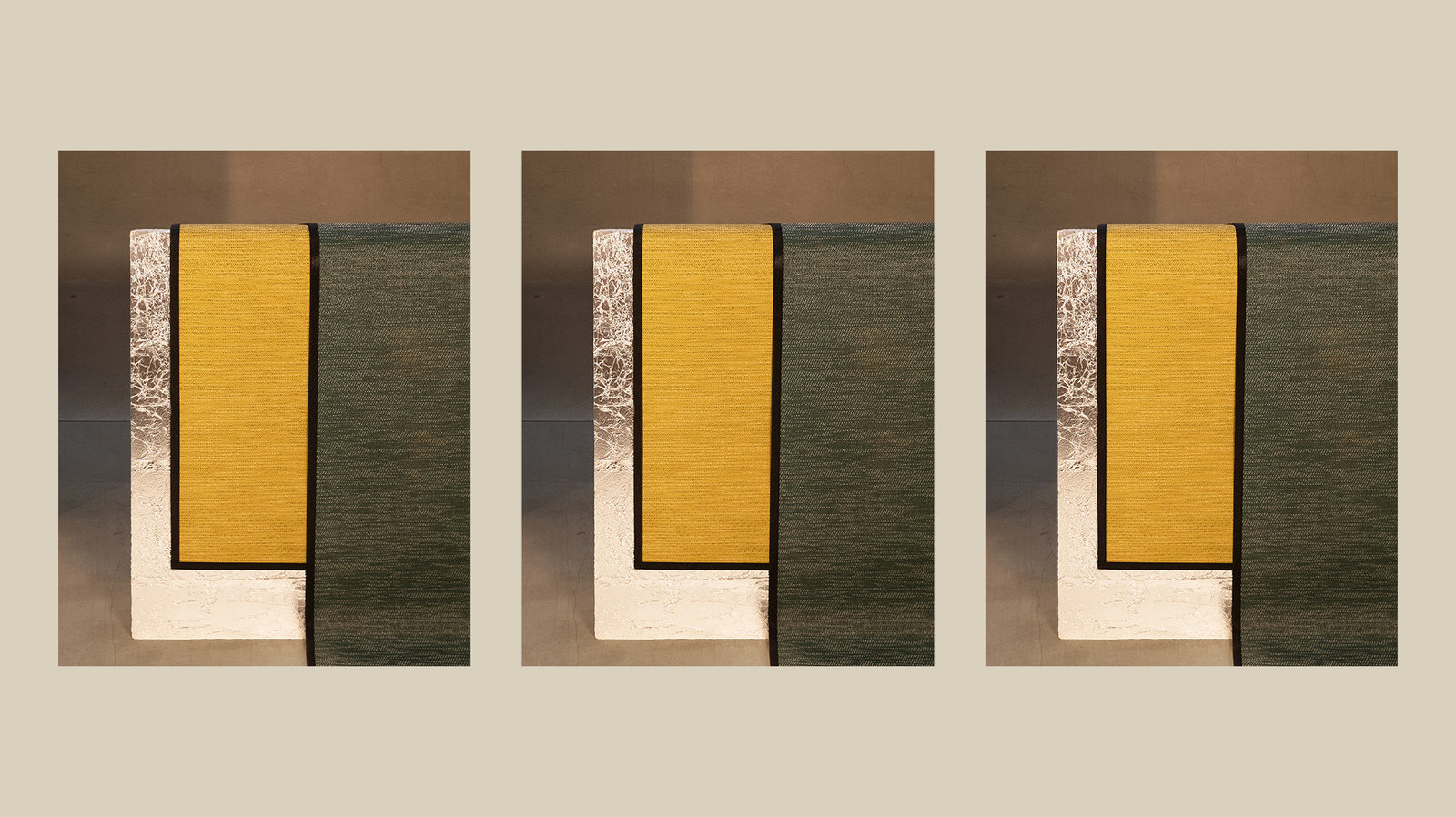What is the state of Swedish and Scandinavian design?
- We have an amazing amount of great Swedish furniture brands and manufacturers, but branding has never been our best asset. But I do feel a change coming, in general. Not just in Sweden but in Scandinavia. There are many new Scandinavian brands taking centre stage, daring to ask questions, focus on local production and push for a new aesthetics. Vaarnii, Verk, Massproductions and Hem, to name a few. They may be relatively young but they have the intention and a strong voice. We are entering an era where we want individuality.
And on a larger scale, what is the future of fairs?
- We all long to meet. In the midst of the pandemic we didn’t think we ever would feel a need to go to a fair again. But this mindset did change over time. I first started to miss the cultural framing a fair gives to the launch of a product. Then I started to miss seeing products in real life, and then being a part of an industry and a community. A fair has all this - combined with business and growth. A fair is business effective, and if well taken care of, it can also offer discussions and educational exhibitions and exchange. But the fair of the past needs new energy; it needs to be more flexible and offer new agendas, it has to think about sustainable and flexible offers.



